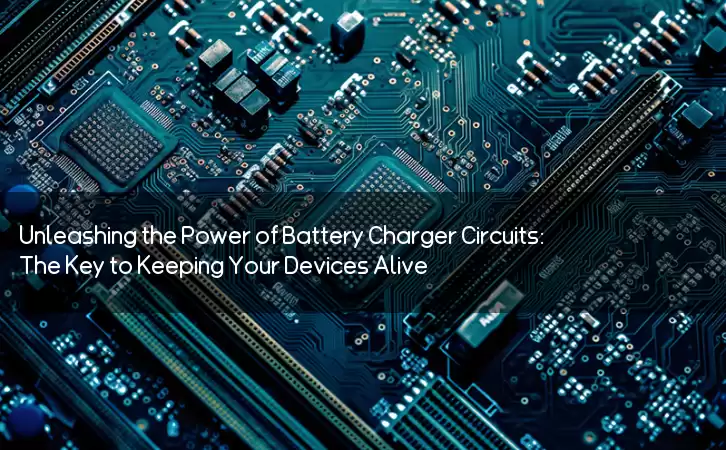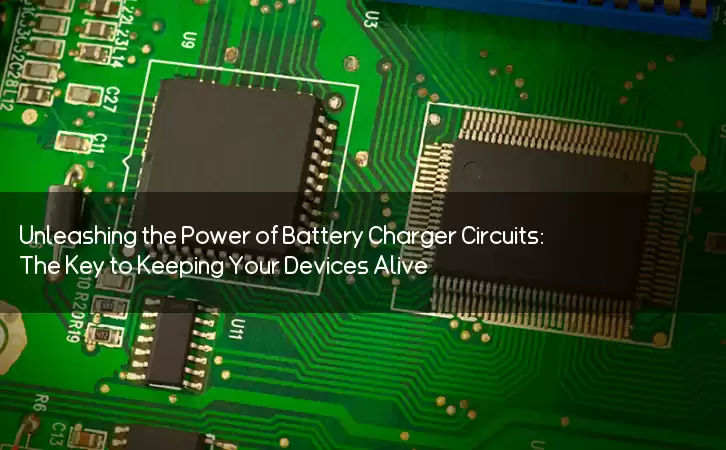Information Center
Unleashing the Power of Battery Charger Circuits: The Key to Keeping Your Devices Alive
Published:2023-07-18 20:33:25 Author:Green WCND Views:76A battery charger circuit is an electrical circuit that is used to charge batteries. The circuit consists of several components including a transformer, rectifier, and voltage regulator. The purpose of a battery charger circuit is to convert AC power to DC power and provide the correct voltage and current to charge a battery.

The transformer is used to step down the voltage of the AC power from the wall outlet to a lower voltage that is suitable for the circuit. The rectifier is used to convert the AC power to DC power by using diodes. The voltage regulator is used to regulate the DC voltage to the correct voltage level for charging the battery.

There are different types of battery charger circuits. The most common types are linear and switch-mode chargers. Linear chargers are simple and low-cost circuits that are suitable for charging small batteries. Switch-mode chargers are more complex and expensive circuits that are suitable for charging large batteries.
The charging process consists of two stages: bulk charging and trickle charging. In the bulk charging stage, the charger provides a high current to charge the battery quickly. In the trickle charging stage, the charger provides a low current to keep the battery fully charged. The charging process is controlled by the voltage regulator, which monitors the battery voltage and adjusts the charging current accordingly.
There are different types of batteries that can be charged using a battery charger circuit. The most common types are lead-acid, nickel-cadmium, and lithium-ion batteries. Lead-acid batteries are used in cars, boats, and other vehicles. Nickel-cadmium batteries are used in portable devices such as cordless phones and power tools. Lithium-ion batteries are used in smartphones, laptops, and other portable electronics.
Battery charger circuits are available in different sizes and shapes. Some are designed for use with a specific type of battery, while others can be used with different types of batteries. The size and shape of the charger depend on the size of the battery and the application.
In conclusion, a battery charger circuit is an important component of a battery charging system. It is used to convert AC power to DC power and provide the correct voltage and current to charge a battery. There are different types of battery charger circuits that can be used to charge different types of batteries. The charging process consists of two stages: bulk charging and trickle charging. The size and shape of the charger depend on the size of the battery and the application.
Power Adapter Design and Customization Guide for Portable Electric KettlesI. Common Design Types for Portable Electric Kettle Power AdaptersPortable electric ke···
I. Common Design Types of Power Adapters External Independent Type (Most Common) Design: A standalone adapter (e.g., "black brick") connected to the p···
Handheld Vacuum Cleaner Power Adapter Selection GuideIntroductionHandheld vacuum cleaners have become a mainstream tool for household cleaning due to their port···
Drill Power Adapter Selection Guide.drill-container { font-family: Arial, sans-serif; line-height: 1.6; max-width: 800px; margin: 0 auto; padding: 20px; } .dril···





